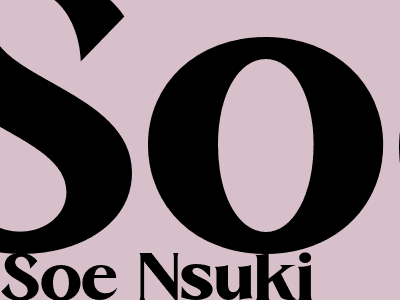How to Optimize Your Blog for SEO and Blogger.com
Introduction
In today's digital age, having a strong online presence is crucial for businesses and individuals alike. Search engine optimization (SEO) plays a vital role in driving traffic to your website or blog, making it an essential aspect of any digital marketing strategy. For those using Blogger.com, understanding how to optimize your blog for SEO is paramount to maximizing its visibility and reach.
This comprehensive guide will provide you with an in-depth understanding of SEO best practices and how to implement them effectively on your Blogger.com blog. From keyword research to technical optimization, we'll cover everything you need to know to improve your blog's ranking in search results.
Keyword Research
Keyword research is the foundation of any successful SEO strategy. It involves identifying the specific words and phrases that people are using to search for information related to your niche.
To conduct effective keyword research, consider using tools like Google Keyword Planner or Ahrefs Keyword Explorer. These tools provide valuable insights into search volume, competition, and related keywords, enabling you to choose the most relevant and high-value keywords for your blog.
Once you've identified your target keywords, incorporate them naturally throughout your blog content, including the title, headings, and body text. However, avoid keyword stuffing, as this can negatively impact your SEO ranking.
On-Page Optimization
On-page optimization refers to the optimization of individual blog posts and pages on your website. There are several key elements to focus on, including:
- Title Tag: The title tag is one of the most important on-page SEO elements. It should be concise, engaging, and accurately reflect the content of your blog post. Keep it within 60 characters, including spaces, to avoid truncation in search results.
- Meta Description: The meta description is a brief summary of your blog post that appears under the title tag in search results. It should provide a compelling overview of your content and encourage users to click through to your site. Aim for a length of around 160 characters, including spaces.
- Headings: Headings (H1, H2, H3, etc.) structure your blog post and make it easier for search engines to understand the hierarchy of information. Use headings to break up your content and highlight important sections. Additionally, incorporate your target keywords into your headings for added SEO benefit.
- Content: The content of your blog post is the most crucial on-page SEO element. Create high-quality, unique, and informative content that provides value to your readers. Use clear and concise language, and ensure your content is well-organized and easy to read. Aim for a minimum of 300 words per blog post, but the optimal length will vary depending on the topic and niche.
- Internal Linking: Internal linking refers to creating links from one page on your website to another. It helps search engines understand the structure of your site and distribute link juice throughout your content. When linking internally, use descriptive anchor text that accurately reflects the content of the linked page.
Technical Optimization
Technical SEO focuses on optimizing the technical aspects of your website or blog to improve its performance and crawlability for search engines.
- Website Speed: Page load speed is a critical factor in SEO. Slow-loading websites can frustrate users and negatively impact your search ranking. Use tools like Google PageSpeed Insights to analyze your website's performance and identify areas for improvement. Implement caching, optimize images, and minimize code to enhance page load speed.
- Mobile Optimization: With the increasing use of mobile devices, ensuring your website is mobile-responsive is essential. Google prioritizes mobile-friendly websites in search results. Use responsive design techniques to ensure your website adjusts seamlessly to different screen sizes and devices.
- Site Structure: A well-structured website makes it easy for search engines to crawl and index your content. Use clear navigation menus, breadcrumbs, and internal linking to create a logical hierarchy and improve the user experience.
- XML Sitemap: An XML sitemap provides search engines with a comprehensive list of all the pages on your website. This helps search engines discover and index your content more efficiently, improving your visibility in search results.
- SSL Certificate: An SSL certificate encrypts the connection between your website and users' browsers, ensuring the security of data transmitted between them. Google also gives preference to websites with SSL certificates in search rankings.
Content Marketing
Content marketing plays a crucial role in driving organic traffic to your blog. By creating valuable, shareable content that resonates with your target audience, you can attract backlinks, social media engagement, and increased visibility in search results.
- Guest Posting: Guest posting on reputable websites in your niche is an effective way to build backlinks and reach a wider audience. Offer to write high-quality guest posts on topics relevant to your blog's niche, ensuring that the content is well-written and provides value to the target audience.
- Social Media Promotion: Promote your blog content on social media platforms like Facebook, Twitter, and LinkedIn. Share your posts, engage with your followers, and participate in relevant discussions to increase visibility and drive traffic back to your blog.
- Email Marketing: Email marketing remains a powerful tool for nurturing relationships with your audience and promoting your content. Build an email list by offering valuable content upgrades or lead magnets and use email campaigns to share your latest blog posts, exclusive content, and special offers.

Komentar